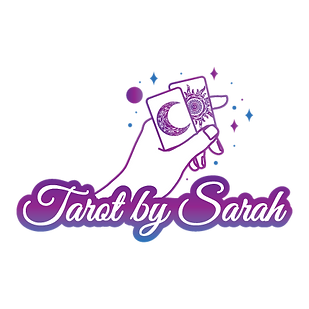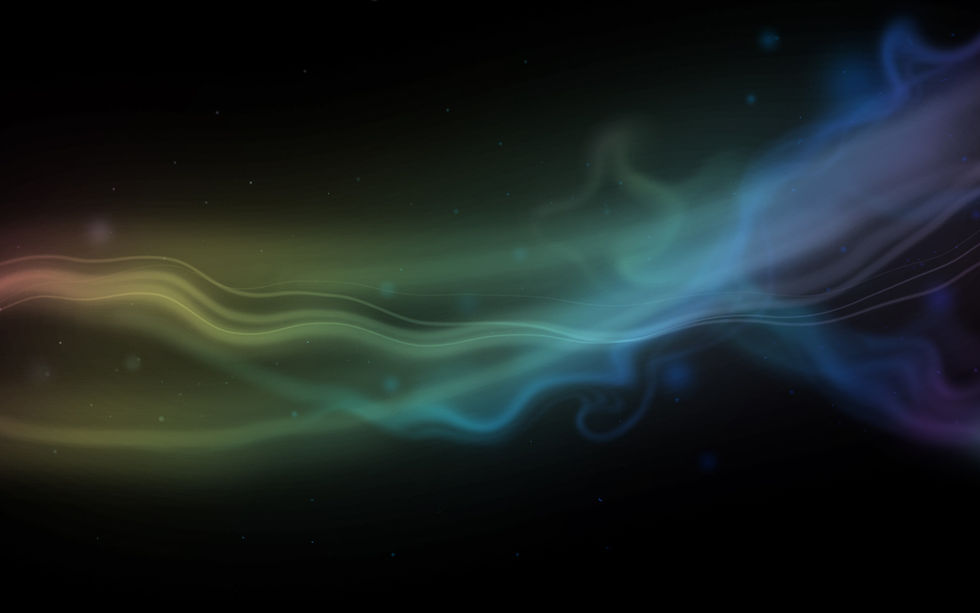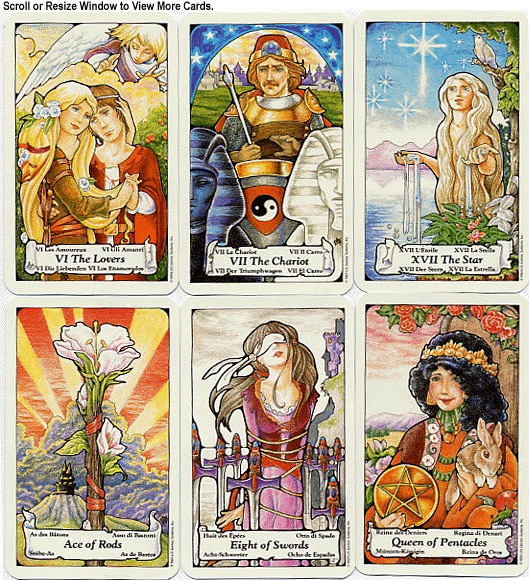- spiralspiritofferi
- Jul 18
- 5 min read

It’s the Fall of 2011, I’m in an opulent three-bedroom hotel suite at The Cove in West Kelowna with seven other spiritual seekers. We’re taking a four-weekend course called “The Spiritual Intensive.” Part of our exploration this weekend, along with topics like remote viewing, communing with passed-over loved ones, and reading each other’s auras, is connecting with our past lives.
After a long guided meditation by the facilitator, I am told I’ve been energetically readied. We are partnered up with our fellow seekers and designated to quiet spaces away from other pairs. We are encouraged to verbalize what we “see” when our eyes are closed, and my partner has her pen ready to be my scribe. The first thing I see is long toenails. The kind that cirlicue inwards on themselves like the shoes of Middle Eastern marching bands. Then, in third person, I see myself. I am in my 90s, Chinese, male, and my white-ish beard is long and sparse. I sense peace and poverty.
After, we debrief on our past lives visions. I am astonished that we aren’t given any “advice” on discerning between imaginings and authentic connection. Instead, everyone is validated as having seen one of their past lives. Deep in my heart, I know I haven’t. It’s an image my mind conjured. A fantasy. It dawns on me to forgive myself for indulging in this. My ego got all jazzed up that I could be that “powerful” as to download a past life on demand. The truth is, we aren’t supposed to remember our past lives. This total amnesia is part of the deal of reincarnation. I keep this eureka to myself as I finish the weekend’s spiritual retreat and fork over a thousand bucks.
Listen, there’s nuance in absolutely every belief. With new information, I’m open to amending my thoughts and feelings. The retreat planted the seed of spiritual discernment that has grown within me. Who benefits from what we’re told we’ve seen?
The closest spiritual “camp” I feel particular affinity for is Buddhism. And yet, it has a strong connection to “past and future lives.” Feel free to scroll past these tenets if you’re already well-travelled on the Buddhist path. Otherwise, here they are pared-down.

Main Tenets of Buddhist Beliefs
The Four Noble Truths These are central to all schools of Buddhism:
Life involves suffering (dukkha).
Suffering is caused by desire and attachment.
There is an end to suffering (nirvana).
The way to end suffering is through the Eightfold Path (Rahula 16).
The Noble Eightfold Path This is the path to liberation and includes:
Right View, Right Intention, Right Speech, Right Action,Right Livelihood, Right Effort, Right Mindfulness, and Right Concentration (Harvey 50–53).
Karma and Rebirth Actions (karma) influence future rebirths. A being’s ethical behavior determines their future conditions of existence (Gethin 119–121).
Anatta (Non-Self) There is no permanent, unchanging self or soul. The idea of a fixed self is an illusion (Rahula 51).
Anicca (Impermanence) All conditioned things are in a constant state of change, and clinging to them causes suffering (Harvey 34).
Dukkha (Suffering or Unsatisfactoriness) Even pleasurable experiences are ultimately unsatisfying because they are temporary (Gethin 59–60).
Nirvana The ultimate goal is liberation from the cycle of birth, death, and rebirth (samsara). It is a state beyond suffering (Rahula 37).
Karma could be said to be synonymous with the Christian concept of sin in the way that it encourages ethical behaviour in the human being. This involves the promise of Heaven (not Hell) or next life rewards (not punishments). One of my queries is: Are human beings so prone to destruction and dark-heartedness that an ominous afterlife threat is necessary to curtail behaviour? Many atheists claim religion and even its “open-minded” sister, spirituality, have been crafted as decorum coercion of the masses.
However, these philosophies and their arguments are a wormhole of sorts that I could never fully cover in a 6-minute read. So let’s circle back to past lives.

Is it possible for something to exist that I cannot access or know about? Yes.
Does my vivid imagination concocting a past life suggest that I have had some inner sight that is authentic? No. So therein lies the rub. It’s another question of faith.
Do I still believe in past lives? Absolutely.
Do I agree with those who claim to know specific past lifetimes and enlighten you about them? Regrettably, no. I believe they possess wonderful, creative abilities only. If that makes me unpopular with my fellow intuitives, I apologize.
I’ve been told:
You were a Maharaja with a harem of women.
You’ve lived in Atlantis.
You were a Black slave and punished by having your hands and the soles of your feet burned, thus why you are now sensitive to heat and cold this lifetime.
Your Mother has been your sister, and by someone different, your sister has been your Father.
You and your ex-husband are star-crossed lovers and meet up in every lifetime.
You were part Alien.
Your dog was once your child.
You have children in every lifetime, so that’s why you decided not to in this one.
You’re an old soul who has lived as an abuser and the abused, the victim and the victimizer.

Confusing, no? I find it interesting that no one reports that I’ve lived an average life, with an average income and a common profession in a common location. And isn't that what most lifetimes around us are? Average? The extremism is the gig, I think. I’ve observed how easily spiritual narratives can cater to our desire to be exceptional and how quickly that desire gets monetized.
Full disclosure. I have suggested possible past lives that “may” have occurred to current clients. Based on their current life path and challenges. The operative words are suggestions and possibilities. I will forever remain skeptical of any intuitive that claims definitive knowledge of your past lives. It’s as audacious as claiming that they have met God/Creator/Buddha/Universe. We are mortals. Our work is to be at peace with the limitations of being mortals. In my mind, one of the pleasures of mortality is that we will never truly “figure it all out.”
Past lives may very well be real, but that doesn’t mean they’re accessible just because we want them to be. I, for one, am tired of the spiritual storytelling industry selling us fake backstories. Mystery is sacred for a reason. Forgetting is part of the soul’s design. Awe isn’t something we find in knowing, but in not knowing.

What do you think about past lives? Please leave me a comment!
Works Cited
Gethin, Rupert. The Foundations of Buddhism. Oxford University Press, 1998.
Harvey, Peter. An Introduction to Buddhism: Teachings, History and Practices. 2nd ed., Cambridge University Press, 2013.
Rahula, Walpola. What the Buddha Taught. Revised ed., Grove Press, 1974.





















